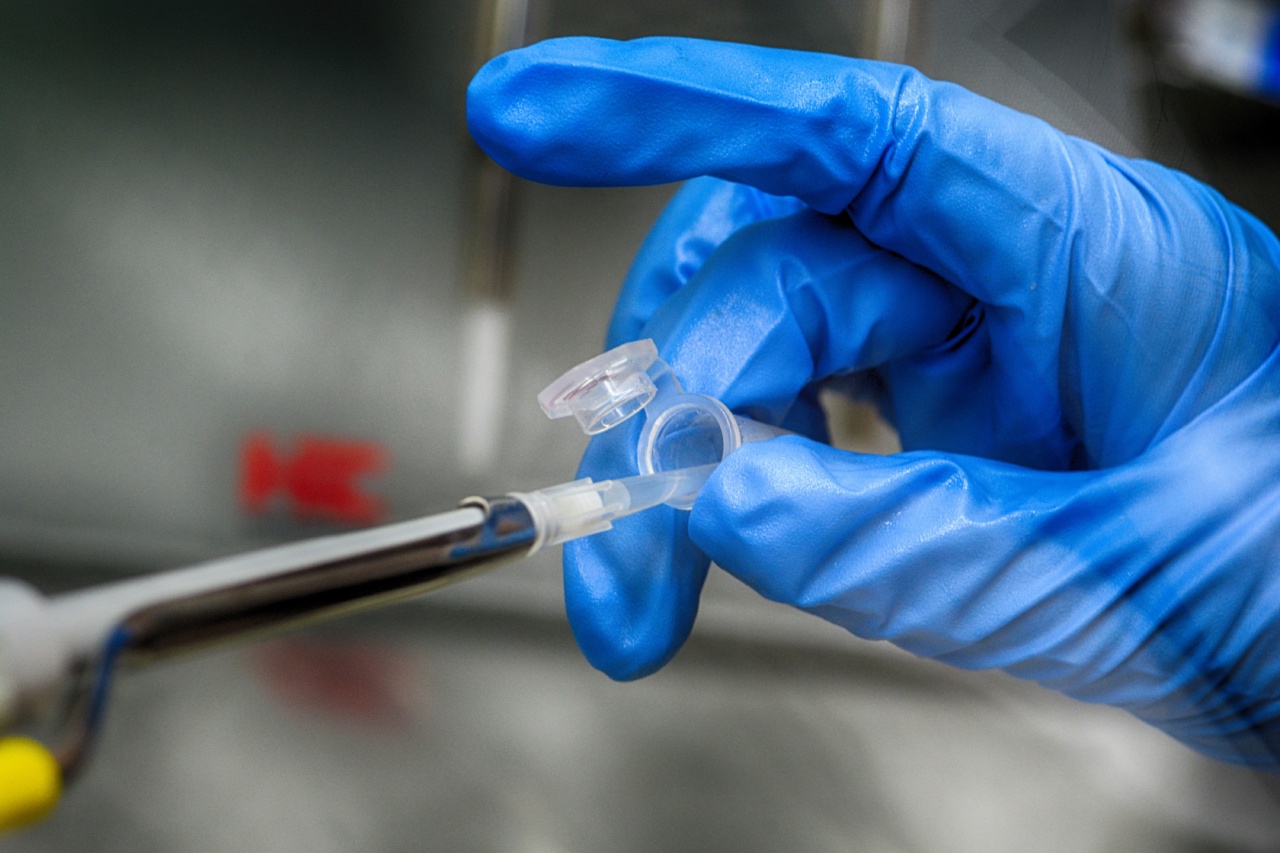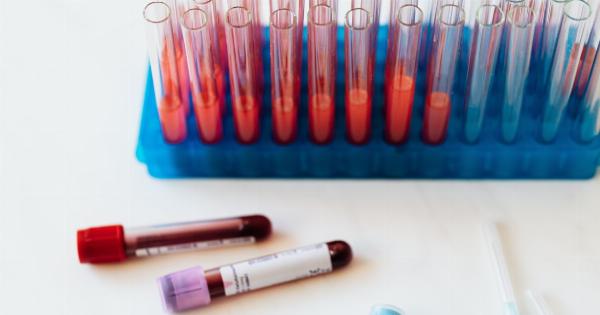Liquid retention, also known as fluid retention or edema, is a condition where excess fluid accumulates in the body’s tissues, causing swelling and discomfort.
It can occur due to various factors such as certain medical conditions, medications, hormonal changes, or a sedentary lifestyle.
What is liquid retention?
Liquid retention happens when the body is unable to eliminate excess fluid properly. Normally, the body maintains a delicate balance of fluid, ensuring that the intake and excretion of fluids are in sync.
However, when this balance is disrupted, fluid accumulates in the tissues, leading to swelling and bloating.
Fluid retention can affect different parts of the body, including the hands, legs, feet, ankles, and even the abdomen. The swelling can range from mild to severe, with some individuals experiencing discomfort or pain.
Common symptoms of liquid retention
Recognizing the symptoms of liquid retention is crucial for identifying the condition and seeking appropriate treatment. Here are some common signs and symptoms:.
- Swelling of body parts: The most apparent sign of liquid retention is the swelling of body parts, especially in the hands, legs, or feet.
- Puffiness: The affected area may appear puffy or swollen, making it difficult to wear tight-fitting shoes or jewelry.
- Weight gain: Fluid retention can cause unexpected weight gain due to the excess fluid accumulated in the body.
- Indentation in the skin: Pressing the swollen area may leave a temporary indentation or pit, a condition known as pitting edema.
- Tightness or stiffness: The swollen body parts may feel tight or stiff, limiting movement and causing discomfort.
- Visible veins: The swollen areas may exhibit prominent veins due to increased pressure from fluid buildup.
- Reduced flexibility: Fluid retention can cause stiffness or reduced flexibility in the affected joints.
- Increased abdominal size: In some cases, fluid retention can lead to abdominal bloating and an increase in waist circumference.
- Difficulty breathing: When edema affects the lungs, it can cause difficulty breathing or shortness of breath.
- Changes in skin texture: The skin over the swollen areas might appear stretched, shiny, or discolored.
Quick self-test for liquid retention
If you suspect you may be experiencing liquid retention, you can perform a simple self-test to gauge the severity of the condition.
Please keep in mind that this test is not a substitute for a professional diagnosis, but it can provide helpful insights.
Test 1: Pitting edema.
Gently press the swollen area with your thumb for around 5 seconds. Release the pressure and observe if an indentation or pit remains in the skin. If there is a visible indentation, it indicates pitting edema, a common characteristic of fluid retention.
Test 2: Skin elasticity.
Pinch a small fold of skin on the swollen area, such as the back of your hand or ankle. Release the fold and notice how quickly the skin returns to its normal position. Slower recoil suggests compromised skin elasticity associated with edema.
Test 3: Weight fluctuation.
Monitor your weight for a few consecutive days. Sudden weight gain without any significant diet or lifestyle changes may indicate fluid retention.
Test 4: Time of day.
Observe if your swelling worsens throughout the day or tends to be more significant in the morning. Increased swelling in the morning can be due to fluid redistribution during sleep, while worsening throughout the day might indicate circulatory issues.
When to seek medical advice
If you experience persistent or worsening symptoms of fluid retention, it is essential to consult a healthcare professional for a proper diagnosis and appropriate treatment. Additionally, the following situations warrant immediate medical attention:.
- Sudden and severe swelling in one leg or arm
- Shortness of breath or difficulty breathing
- Chest pain
- Swelling accompanied by fever, warmth, or redness
- Swelling after a recent injury or surgical procedure
Remember, while these self-tests and guidelines may provide insights, a healthcare professional can provide an accurate diagnosis based on medical history, physical examination, and additional diagnostic tests.
Prevention and management of liquid retention
While certain medical conditions causing fluid retention may require specific treatment, there are general lifestyle changes and remedies that can help prevent and manage edema:.
- Stay active: Regular exercise can improve circulation and prevent fluid buildup.
- Elevate your legs: Raising your legs above heart level for brief periods can help reduce swelling.
- Reduce salt intake: Excessive salt consumption can lead to fluid retention; hence, limiting salt intake is beneficial.
- Stay hydrated: Drinking an adequate amount of water can help flush out excess fluids from your body.
- Avoid excessive heat exposure: Heat can worsen swelling, so avoid hot baths, saunas, or prolonged sun exposure.
- Dietary modifications: Include foods rich in potassium, such as bananas and leafy greens, as it helps balance fluids in the body.
- Wear compression garments: Compression stockings or sleeves can help prevent swelling in the legs.
- Avoid sitting or standing for prolonged periods: Frequent movement prevents fluid from pooling in the lower extremities.
- Sleep with elevated legs: Use pillows or cushions to elevate your legs while sleeping to aid fluid movement.
- Use cold compresses: Applying cold compresses to the swollen areas can provide temporary relief.
Conclusion
Liquid retention, or fluid retention, is a common condition characterized by the accumulation of excess fluid in the body’s tissues. Recognizing the signs and symptoms is crucial for early detection and management.
While the self-tests provided above can give you an indication, it’s always important to consult a healthcare professional for an accurate diagnosis and appropriate treatment.
By making certain lifestyle changes and following preventive measures, you can effectively manage fluid retention and minimize its impact on your daily life. Remember, each individual is unique, and what works for one person may not work for another.
Therefore, personalized treatment and advice from a healthcare professional are paramount in effectively managing this condition.




























